Talk Overview
Dr. Vivek Mutalik highlights current challenges in synthetic biology and explains some of the solutions being implemented to address them. Mutalik discusses some of the elements that make current approaches to synthetic biology unpredictable and expensive, and reviews possible ways to move the field forward, including the development of standardized parts with predictable behaviors, robust methods of biocontainment and software that allows data sharing and visualization.
Speaker Bio
Vivek Mutalik
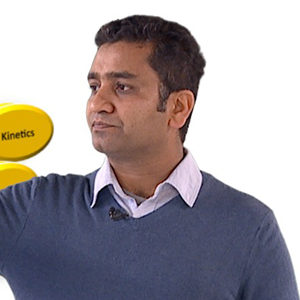
Vivek Mutalik is a staff scientist at the Environmental Genomics and Systems Biology Division and Biological Systems and Engineering Division at the Lawrence Berkeley National Laboratory. Previously Dr. Mutalik was a team leader at the BIOFAB, the first biological design-build-test facility, which focuses on developing extensively tested standard biological parts to facilitate easier engineering of… Continue Reading
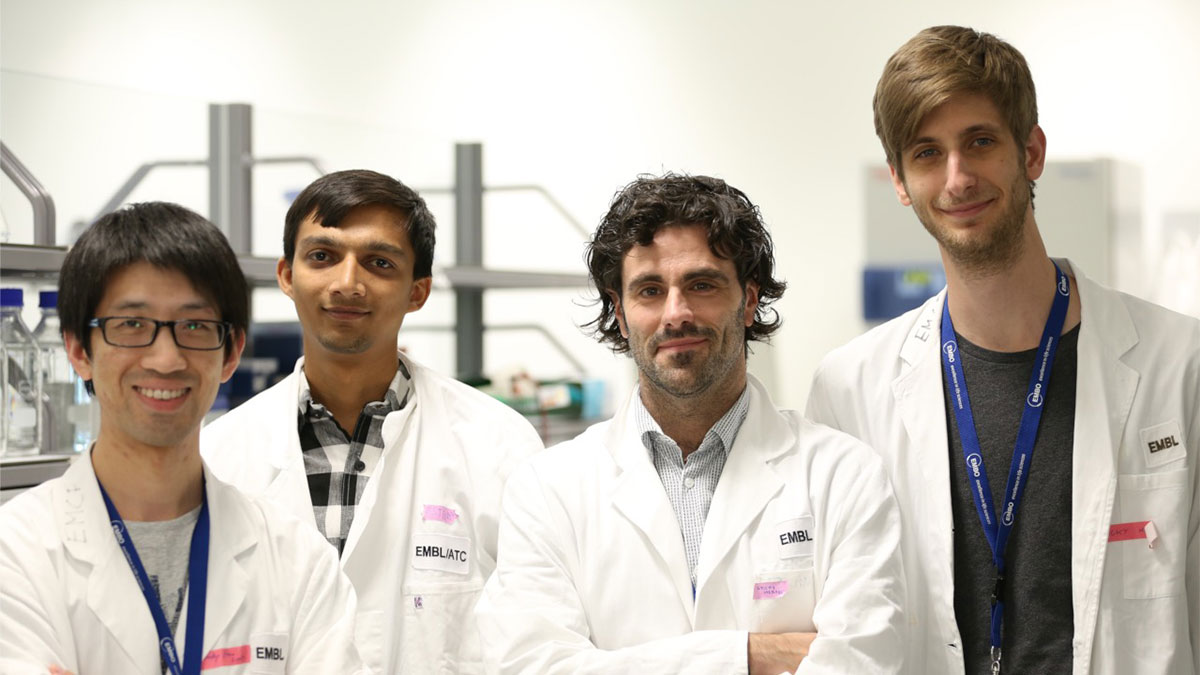
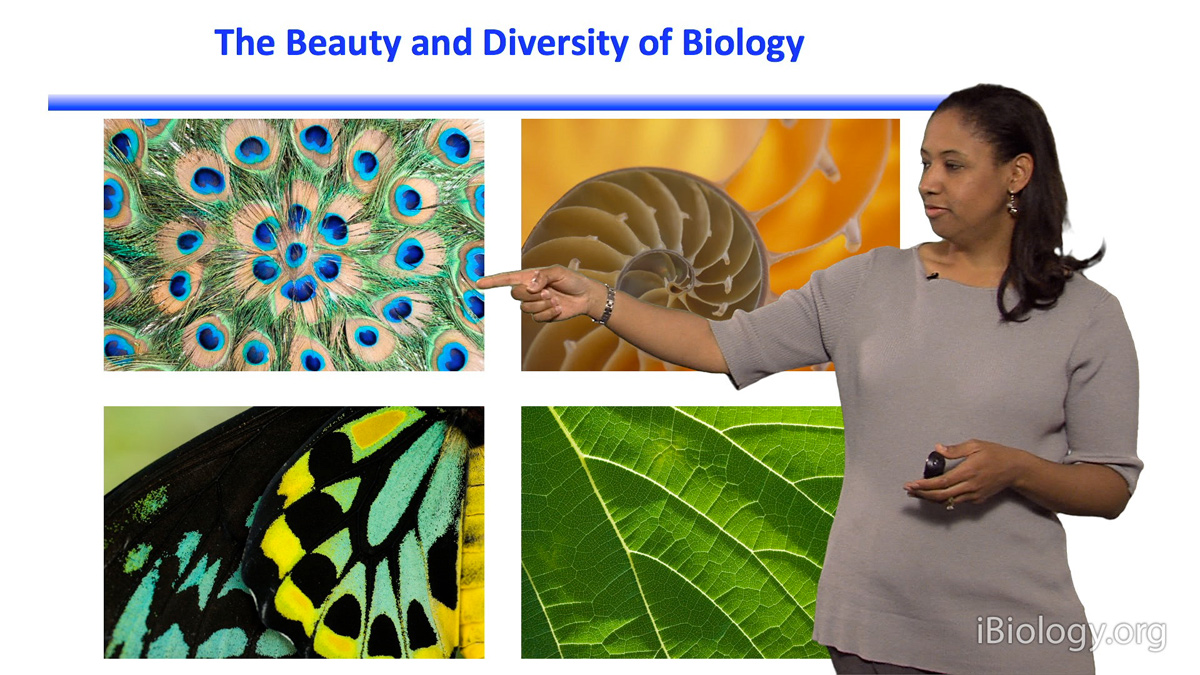

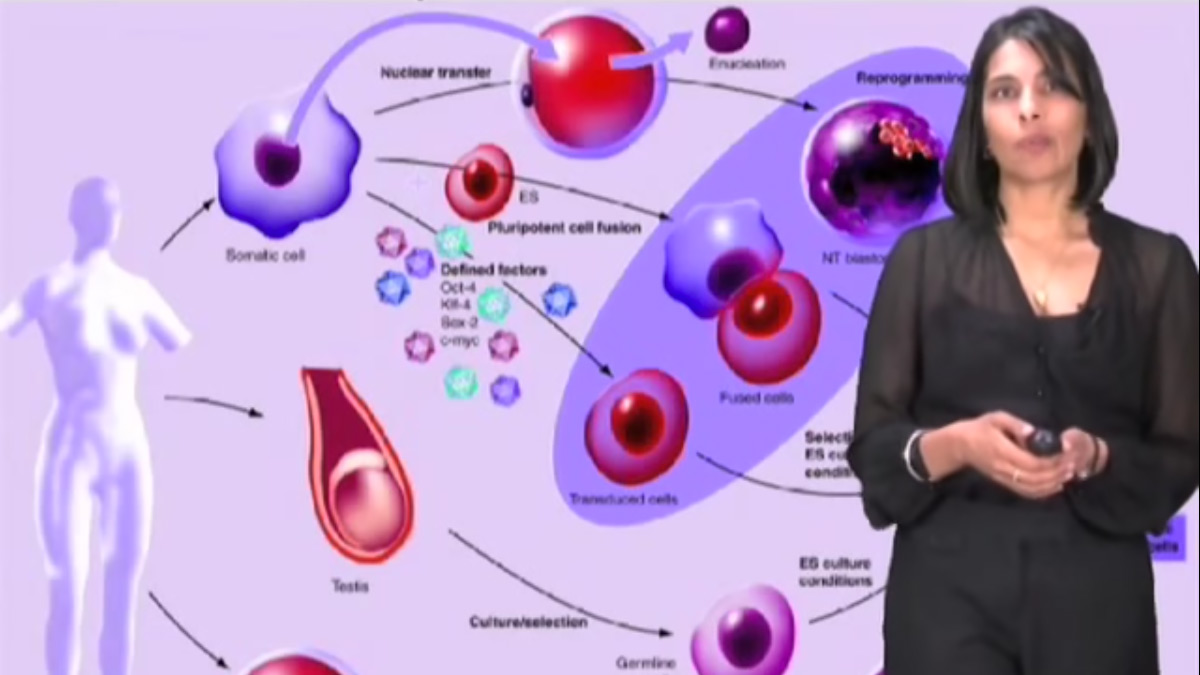
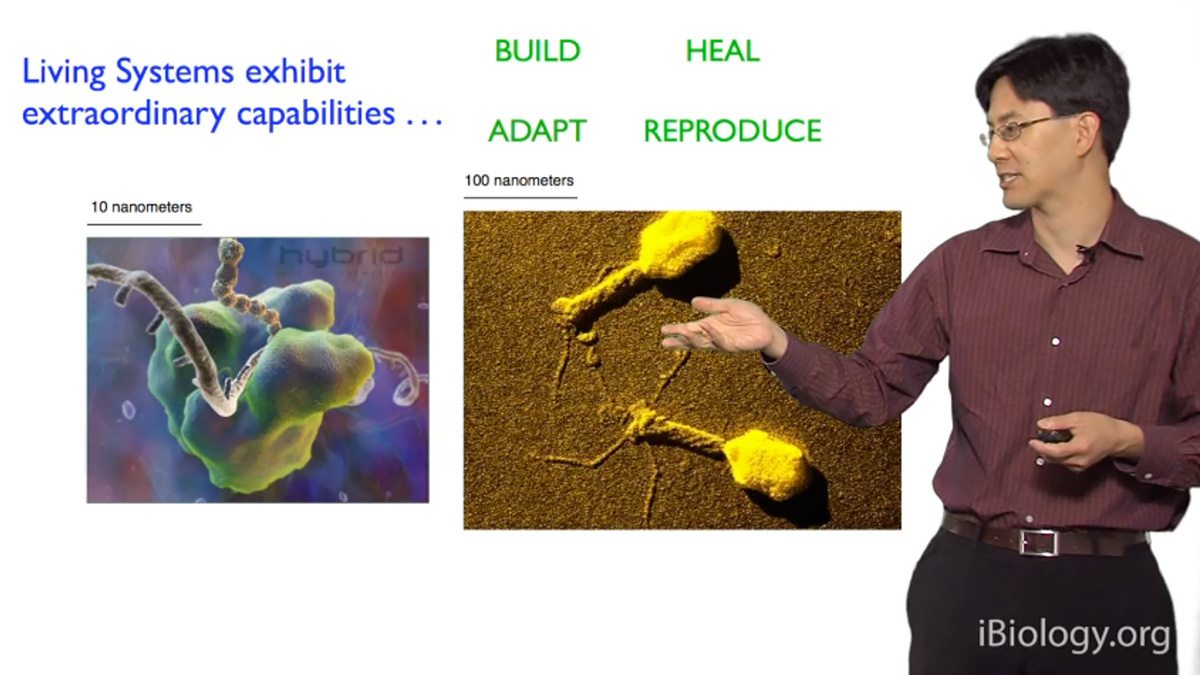





Leave a Reply